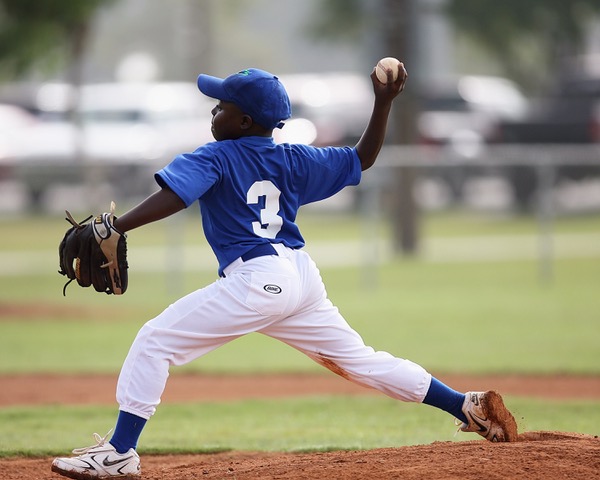Lions, Lambs, and Lice, Oh My!
You know what they say about March: In like a lion, out like a lamb. Well, when it comes to head lice, you can take that saying and flip it on its head (no pun intended). The number of cases we see at our head lice treatment center starts to rise as warm weather, longer days, and spring approaches. Why do lice love spring so much? Here’s why:
1. Kids are more active and social. As we say goodbye to the long nights and dreariness of winter, kids are more likely to meet up for playdates in the park, have sleepovers with friends, or just hang out together. While it’s great for kids to be out and about, it also poses a risk for spreading lice. Remind your kids never to share hairbrushes, hats, or pillows. And, as hard as it might be for your tween or teen to avoid capturing the moment with friends, an innocent selfie is a VERY common way to spread lice. It’s best to get someone else to take the picture.
2. Spring sports are in full gear. Lice love to cheer for the spring sports that require helmets (think baseball and lacrosse), but they’re also just as likely to latch on to a volleyball team, tennis team, or cheerleading squad. Here’s the bottom line: sharing helmets makes you very susceptible to lice, but so does braiding each other’s hair before a match, sharing a comb before hitting the stage in a cheer competition, or borrowing hoodies on a chilly tennis court.
So, just because your spring sport doesn’t require a helmet, it doesn’t mean your team can’t catch lice. Tell your athletes to be mindful of sharing equipment with his or her teammates and always take precautions by spritzing a preventative lice spray before games or practices.
3. College kids (and all of the laundry!) are home for Spring Break. Is it just us, or do college kids seem to come home with MORE clothes? If your college kid flies back to the nest with a trail of dirty clothes, towels, and bedding, make sure to keep it separate from the rest of the family’s laundry before it goes into the washing machine. It’s best to wash and dry winter coats, hats, and scarves that they bring home before storing it for the season.
And, #1 above goes for college kids, too. When they’re home for Spring Break and meet back up with old friends, remind them to take the same precautions so they don’t go back to their dorms with an extra “roommate.” While they’re home, make sure to stock them with preventative lice shampoo, conditioner and spray to take back to school so they are well-equipped to stay lice-free on campus. It’s also a good time to remind them how to stay lice-free at school – click here for our tips. https://pediatrichairsolutions.com/stay-lice-free-tips-for-college-students/
Questioning whether you or your child has head lice? Here are signs and symptoms the CDC lists for head lice (https://www.cdc.gov/parasites/lice/head/gen_info/faqs.html)
– Tickling feeling of something moving in the hair.
– Itching (caused by an allergic reaction to the bites of the head louse).
– Irritability and difficulty sleeping; head lice are most active in the dark.
– Sores on the head caused by scratching. These sores can sometimes become infected with bacteria found on the person’s skin.
Of course, the best way to find out if you are infected is to stop by your local Pediatric Hair Solutions head lice treatment clinic for a head check. We are a medically-based office that specializes in fast, efficient, and non-toxic lice treatment that works. Our head lice experts are always here to answer your questions about head lice – no matter the season.


Recent Comments